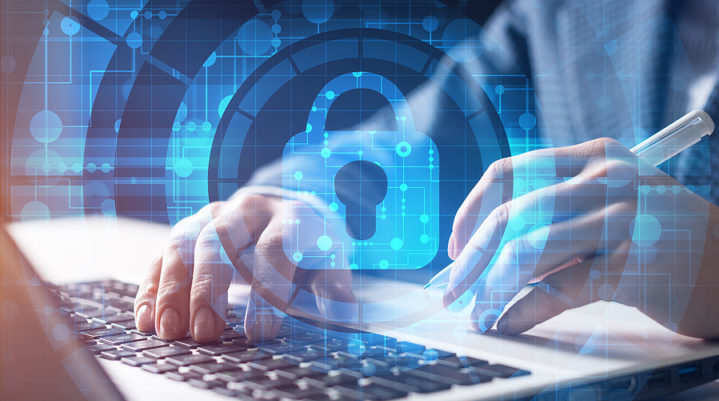In a time when business is tough due to the pandemic, skills shortages, and inflation, businesses can ill-afford to be letting money walk out the door as a result of lost incoming from a cyber attack – especially SMEs who have fewer resources than large enterprises when it comes to cybersecurity.
Naturally, the cry from many organisations is to invest in cybersecurity technology to protect against hackers, but this in itself can initially seem quite expensive and does not guarantee absolute protection.
Investment in technology is not the only way SMEs can defend against attacks; the other is by educating their employees, which can last much longer than technology that often needs an upgrade in the next six-12 months to keep up with the latest threats. Additionally, it could enable your employees to use tools and technology you may have already invested in.
The benefits of cybersecurity training
Cybersecurity training allows SMEs to approach their security strategy cost-effectively. Employees will have the knowledge they need to spot attempted cyber-attacks and ensure they’re using defensive actions when accessing a business’ systems.
Prevention is at the centre of cyber awareness programs. Webroot’s 2021 BrightCloud Threat Report revealed businesses that implemented cybersecurity awareness programs saw a 72 per cent decrease in employees clicking on phishing attempt links.
The advantages of cybersecurity training are endless, however, knowing how to implement it or where to start can be a challenge for SMEs.
Approaching cyber awareness training
Cybersecurity is no longer just about technology, it’s also about people. In today’s hybrid work landscape, SMEs need to empower employees to aid in reducing a business’ attack surface for cybercriminals, this can be quickly achieved by implementing a cyber awareness program. Implementing a cyber awareness program into your business can provide a structured approach to managing human risk.
The first step is to evaluate human risks and employee behaviour on how they are using business systems. Once businesses understand their employees’ cybersecurity behaviours, business leaders can better assess what systems to focus on to improve security and overall cyber resilience.
The second phase is invoking change. SMEs must provide employees with the right know-how to identify and deal with cyberattacks or risk becoming the victim of what could be a crippling attack.
While there’s no one-stop-shop to achieving an educated workforce, it is a good idea to start with some of the basics, which includes educating employees on phishing, the need for strong passwords, and encouraging software patching:
- Phishing: Phishing is where a cybercriminal pretends to be someone else in an email to steal credentials and information from the organisation. To mitigate this risk, SMEs should educate employees on what to look for in an email, such as identifying the sender, reading the email thoroughly, and observing the link or attachment in the email before clicking or opening it. Whenever in doubt, employees should be encouraged to contact the email sending through another means, other than email.
- Passwords: It’s good practice for employees to use strong passwords, however, this is no longer sufficient to protect against modern cybercriminals. SMEs should be implementing multi-factor authentication, which improves security by combining employee passwords with one-time passcodes, biometrics or more. The vast majority of SaaS platforms (i.e. Microsoft 365, Google Workspace, Salesforce, etc.) offer this for free.
- Patching: Software updates often address vulnerabilities in software. If left unpatched, organisations risk having attackers exploit these vulnerabilities to wreak havoc. Conducting patching regularly is a simple yet effective way to improve security.
While establishing a mature security awareness program can take time, it provides SMEs with a preventative approach to cybersecurity rather than reactionary. This can save a business time, financial loss, and the potential threat of a ransomware attack











